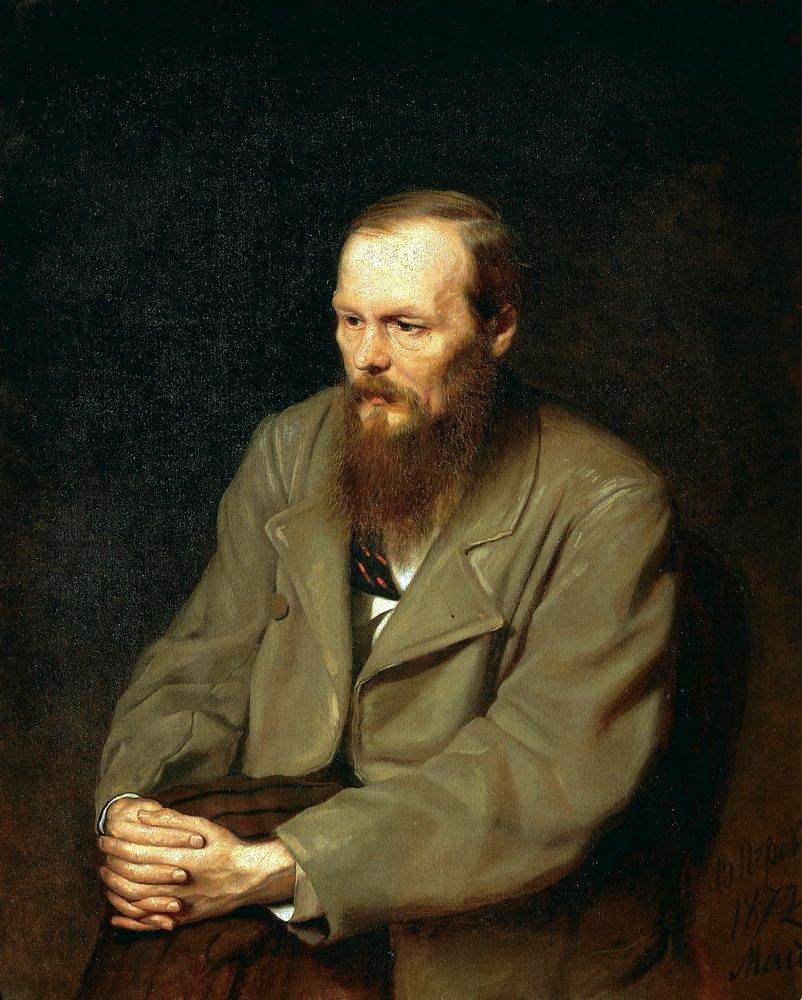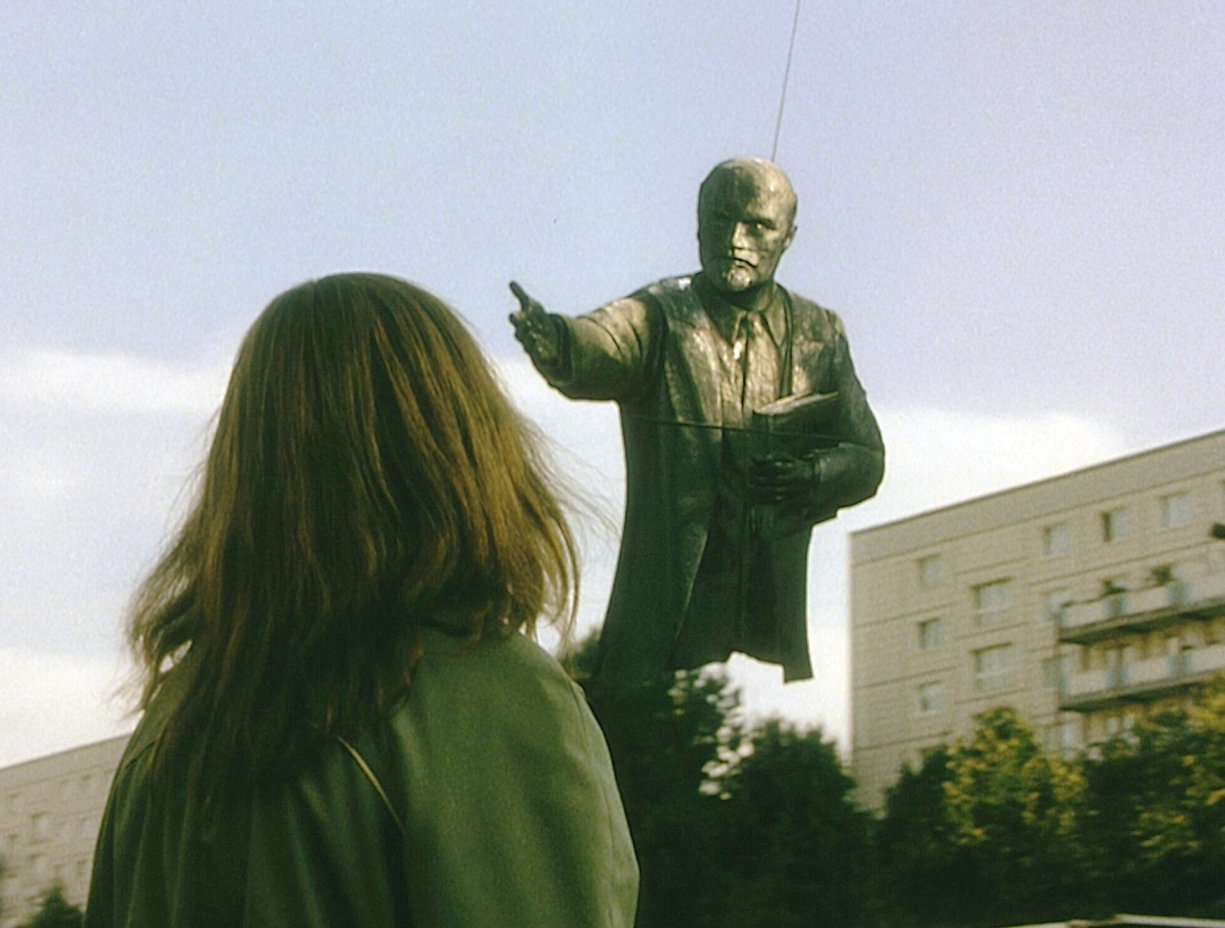But should we be really afraid of death?
Since the first man appeared on earth, he would look at the night sky asking himself questions about life, its meaning and what constitutes the universe. That first wondering moment was the instant when philosophy was born. It was born together with man and his mind, capable of apprehending and processing more information than any other inhabitant on the planet. We still catch ourselves observing nature, its laws, trying to comprehend who we are and what is our nature.
My own belief is that everything started with the sun, Ra, the major god in ancient Egypt, the creator, the source of all life on this planet. Homo Sapiens, the thinking man, started observing how the day would start and end, the sun rise and set. And since those first stirrings of time, next to nothing has changed. New life appears like the sun at dawn, it reaches its bloom at the midday and then slowly fades away until this life, devoid of vitality, fades into the complete darkness of the night, in the darkness of the Universe.
It soon became clear that death was an inevitable part of life. It has always been understood by all humans and yet never fully accepted.
We still live like there is no end, as if death was designed for anyone but us or people we’re close to. Like that first primitive man looking at the bright stars on a cloudless night we still raise our heads to the heavens (note the euphemism/imagery) looking for an answer to the main question – is there anything beyond death? Or better: Is there a life after life?
If we think about death, the first question that comes into our mind is surely: what is death? And what does it really mean to die? Can our death be described only as the process of decomposition? Can death be only explained as the termination of life? Or do we have to consider that a person is more than just a body? In these questions we reach one of the most debated questions of Western philosophy: is there a soul?
There are two main schools of thought on the existence of the soul. The first says there is no soul; a person is just a body with a certain array of functions, such as our emotions, creativity and the ability to process information – and all that does not come from the outside, rather than from the inside, our mind. And when a person dies, his heart stops pumping blood and the blood doesn’t reach the brain, then the “mind” dies together with the body. The brain – they contend - should not be confused with the mind. The human brain is a part of the body that is the house of our “mind”. And while the mind is destroyed by death the brain is still there intact but inert. This is the materialist point of view. It is the view shared and accepted by probably the majority of writers on science and medicine.
While materialists believe that life terminates together with the termination of all the vital processes in the body and the separation of the brain and the mind, the dualists believe death to be the moment of separation between the body and the soul.
The main difference between the two, then, lies in how they view the “mind”. While materialists believe our mind to be a product of our brain activity represented by an array of different functions, the dualists say the mind is essentially the soul, an immaterial object, something that is breathed into the physical body by God. The body is animated by the soul. Christian theologians go further and define the soul as the home of the memory, the intellect and the will.
The dilemma that automatically arises from the comparison of these two opinions – if the materialists view death as the separation between the brain and the mind doesn’t it mean that the mind is something that comes from the outside “to activate the apparatus” – our body?
This difficulty of understanding the difference between the mind and the soul is highly misleading. I would even dare say that the materialists are contradicting their own theory but not willing to admit it.
Official science has not yet proved the existence of the soul. But neither can it demonstrate the soul’s non-existence! The question clearly cannot be framed in scientific terms.
But there are areas of human brain activity which may give us a key to understanding the eternal questions - such as telepathy, premonition, the ability to penetrate “parallel worlds” (I am mostly talking about connections with the dead), and the most mysterious - those near-death experiences which are not easily explained or felt by all the 5 senses.
It takes a lot of courage for me to confess that I personally have experienced all of these paranormal brain activities. I would however prefer to leave a veil over the details of what happened. But I can testify that everything you have heard about near death experiences is true.
Nonetheless despite their denial of the existence of the soul, a lot of scientists, neurosurgeons and psychiatrists are fascinated when it comes to the visions of a person whose heart stops beating. Some of them call the visions of the paradise a “mind game” caused by the lack of the oxygen. Others (a very limited group) suppose that these visions are nothing but the direct proof of the afterlife, and therefore the existence of the soul.
Serious research in this field started in the 1970s. In 1975 an American psychiatrist Raymond Moody published a world bestseller entitled “Life after Life” that shook the foundations of official science. The book represented a summary of his interviews with 150 people who had undergone near-death experiences. The “witnesses of death” for the first time openly shared their stories, while in scientific circles the question of the material nature of the soul was raised once again.
This question has been the main research subject for some of the most prominent minds of the last century, such as Vladimir Bechterev and his granddaughter Natalia Bechtereva and even a group of psychiatrists lead by Carl Jung. Vladimir Bechterev’s thoughts on immortality of the soul are still of great interest, especially the mystery permeating his most famous words: “There is no death, gentlemen”.
Another worldwide bestseller that deserves our attention is a near death experience narrated by Harvard neurosurgeon Alexander Eben “A Proof of Heaven”. Eben’s brain was infected with a ferocious E. coli meningitis which almost took his life and plunged him into a week-long coma. The interest of this book is not in the description of the afterlife itself, but rather the description of it by a scientist. As a sceptical neurosurgeon, Eben can judge both materialistic and the dualist positions on the question of death. Therefore his story about “magic butterflies and the birds singing in heaven” must count as a significant support to the idea that our life does not end the moment our heart stops pumping blood.
Should we be really afraid of death if it’s an essential and unavoidable part of life? Should we be afraid of death if death is nothing but a change of destinations? Or as the words of the Catholic Mass have it – “vita mutatur, non tollitur” – life is changed not ended.
Neither I, nor any human being, nor any library of books can give you a universal answer to all the existing questions.
My experience of death however has taught me one precious lesson which I feel I must share with you. Those who have seen the “afterlife”, have felt the magic of a place, a state, where the happiness you feel cannot be defined by such earthly words as “happiness” or “bliss”. Indeed, there are no words to describe such a place, simply because there is no such place here on earth and there is nothing that can compare to it (no not even love or sex!)
But before you reach such unearthly happiness, before you enter the place which you will never want to leave, before all that –there is one piece of advice that surely we can all share - you must live!
This is the best lesson I have ever been given in my life: value every moment of your life as a precious treasure. Your life is priceless, your life is a gift. And when you realize that your life is just a brief moment that might not even last until tomorrow, ironically you become truly happy.
Should we be really afraid of death, the final taboo? My answer is a resounding “no”. Do not be afraid of death. Be afraid only of not having lived.
*All rights reserved. This material may not be published, rewritten or redistributed in whole or part without a permission.
















